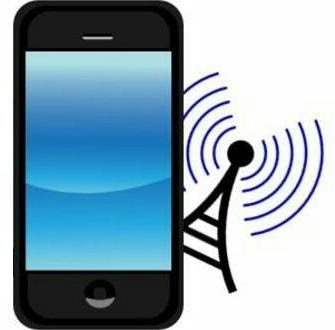Most smart phone users now subscribe to limited data plans for lack of other options. Every megabyte of data is a coin out of the pocket. This creates the need for intelligent data control.
Other than being costly, high data consumption also drains the battery faster. Use these tips to save data usage on your android phone
Disable Apps You Don't Use
Some apps on your phone continually open without your knowledge and then go to sleep. During these wakeful moments, most will access their relevant servers and this must use your data. They also use the battery.
To avoid unnecessary data usage from such apps, temporarily disable those you don’t use. These can be games, browsers and chatting apps. You can even uninstall apps you are sure you’ll never need.
To disable an app, go to Settings > All > Apps > All. You’ll see a list of all apps. For those you are not interested in, choose either ‘disable’, or ‘force stop’. Please be careful not to disable useful system apps. Find out what each app is used for before you can disable it.
1. Restrict Background Data
To check your data consumption, head over to Settings > Data usage. There is a list of apps and their consumption in the last 30 days. You may find some apps you don’t even use but have eaten up a large chunk of your data.
By tapping on each app, you can see both the foreground and background data usage. Foreground data is what the app consumes when you are using it, and vice versa. To deter an app from using crazy amounts of background data, check ‘Restrict background data’.
Note: Messaging apps like Whatsapp and Email will not notify you about new messages if you restrict them. Browsers stop current downloads immediately you quit if you have restricted their background data.
What is Background Data For?
Apps like to use data regardless of whether you are using them. They constantly check for updates & notifications and run ads, all in the background. Some apps like Google+ upload your photos the moment you shoot them.
All this shows that background data is required for a worthy course. But the consequences can be costly. Check the apps that are not relevant to you and disable their background usage.
2. Reduce Browser Data Usage
Browsers are data hungry. The issue is not with the browser itself, but mostly with some websites. They are not optimized for mobile devices.
The solution lies in using a browser that compresses webpages before they load onto your phone. A good example is Opera Mini. Unfortunately, you can’t visit some sites from this app.
Modern mobile browsers are not all created equal. Some use more data than others. Experimenting with different browsers can give you an idea on which one is better for you. Personally, I use Opera mini for all my mobile browsing, and only use other browsers on sites that don’t support Opera Mini.
Regardless of which browser you use, look in the settings and see whether there is a data savings option. Some even have adblock which is a very powerful data saver.
3. Disable Auto-sync data
Whenever you are not using your phone for long periods, you can temporarily switch off auto sync. Alternatively, you can use Ultra Low Power Mode to disable all data usage. This feature also stops all apps, leaving only the essential ones operating.
To disable auto-sync, go to Settings > Data Usage > Menu, and uncheck ‘Auto-sync data’. To activate ultra low power, look through your phone’s main menu or use the notification bar. It’s good advice to use one of these features whenever you go to bed.
4. Make Updates and Downloads On Wi-Fi Only
Large files like videos are a heavy toll on your cellular data. If you have to download songs and movies, do so when using Wi-Fi.
On your Google play settings, look for ‘auto-update apps’. Confirm that it’s set to ‘over Wi-Fi only’. Otherwise, make the necessary changes.
5. Opt for 3G Rather Than 4G
Experiments show there is no difference in the data consumption whether you are using 2G, 3G, or 4G. But if you were to do a little experiment yourself, you will be amazed. So, does 4G use more data than 3G?
In my personal experience using cellular networks on my Windows PC, I’ve realized that software updates mostly happen when the network is fast. I have monitored both GoogleUpdate and Avast Antivirus updates. I can swear these two programs will not update when you are using 2G! If you use a faster network, they will update more frequently.
So, my presumption is that your android device will consume more data when you are using a higher connection speed. This is because app updates will happen more frequently. When the connectivity speed is lower, your device might miss some updates.
With these tips, you stand a better chance of using less data on your Android phone.




No comments:
Post a Comment